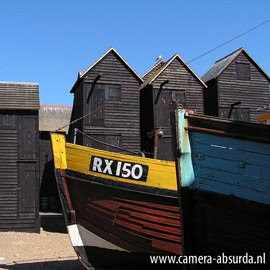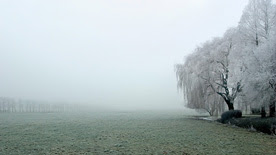 1:1
1:1The square format is often used in medium format cameras as well as in many Lomo (often using medium format film cameras. This gives a picture a traditional feel. Depending on the pic, a professional or experimental look that the picture already had, may be enhanced by the square crop. If some site or contest prescribes a maximum size for the longest side, you may want to maximize total pic size by using the square crop. Likewise, the visibility of a square thumbnail in a large group of thumbnails is better. Square pics work well with centered compositions, spirals and portraits. For portraits, center the pic at the vertical axle, and put the eyes on 2/3rd.
3:2
The 3:2 (or 6:4) aspect ratio is commonly used for 35mm film and for some medium formats. Magazines very often use this format as well, as do many books and postcards. People will immediately recognize 3:2 as a photograph, and it will make your pic look as if it was taken with a SLR-camera. (which doesn’t mean a thing, but some people tend to equate SLR to ‘professional’). Pictures with an aspect ratio of 3:2 work great with the rule of thirds and with all composition rules using diagonals (leading lines, S-curve, vanishing point, etc).
4:3
Most modern digital compact cameras use the 4:3 aspect ratio. This ratio is also very common for TV- and computer screens. Some people have the feeling that the 4:3 landscape looks more familiar than a 4:3 portrait. This does make sense, as TVs and computer screens are hardly ever in the portrait position. Some books and magazine use the 4:3 aspect ratio in portrait though. The 4:3 aspect ratio seems to fit almost any composition.
 16:9
16:9The 16:9 aspect ratio is derived from wide screen televisions and –before that- from movie theatres. No wonder it has a somewhat luxurious impact and no wonder it looks so weird in portrait. This aspect ratio goes very well with landscape shots and with shots that could have been movie stills.
More resources:
Wikipedia on aspect ratios
DPChallenge Square crop challenge results (2006)
No comments:
Post a Comment